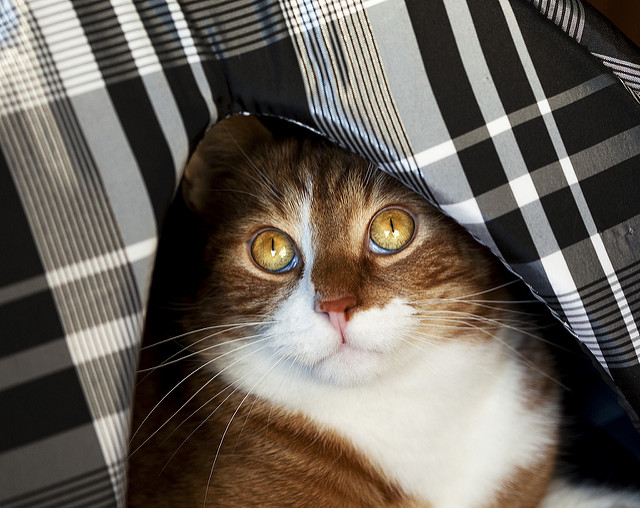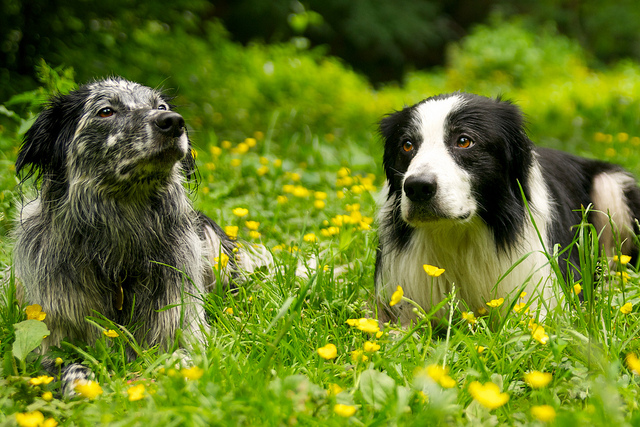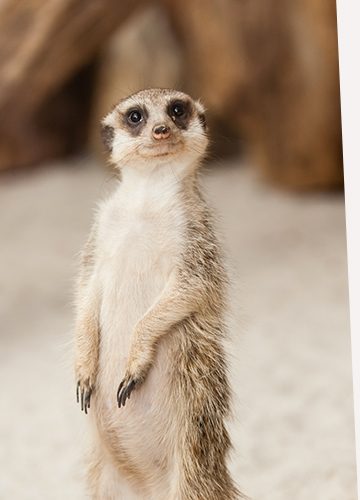Cats, Novel Environments, And Stress
Cats have been living with (or in proximity to) humans for millennia and are one of the most domesticated species in the world. According to some research, the global population of cats is increasing and concern for cat welfare is rising along with it, especially in animal shelters. Millions of cats kept in the “challenging conditions” of shelters and “catteries” and there is a growing consensus among researchers that it is important to identify ways to reduce the stress of cats in confinement. For shelters, reducing stress not only helps cats directly, but it may also help them get adopted sooner rather than later.
Nonetheless, research on the most effective kinds of enrichment for cats (and many other species) is still in its infancy. One common assumption in studies of enrichment is that “all cats benefit from the same enrichment strategies, and react similarly under stress.” But anyone who works with cats can likely understand why such sweeping generalizations aren’t very helpful. Contemporary research is trying to address some of the gaps that exist in cat enrichment during confinement. In this study, researchers “investigated enrichment strategies for owned housecats in the initial phases of confinement.” Their main goal was “to determine how cats used the space within their enclosure, and which areas were most frequented or avoided.”
Secondly, the researchers wanted “to investigate relationships between space use, behaviour and stress during confinement.” The authors of this study hypothesized that the more stressed cats would use more concealed areas and engage in more stress behaviours, such as “reduced activity levels and suppression of feeding, grooming, and elimination.” The cats for this study were recruited from homes in Melbourne, Australia, and were boarded at a university for approximately 36 hours. Before being boarded, the cats were assessed at home to generate a “feline temperament profile” prior the study, to act as a baseline of data for comparison on an individual level.
The study found “significant patterns in space use, as well as behavior, social interaction and individual attributes related to stress for cats in confinement.” Cats did not simply use the space available to them randomly, but selected “favourite spots” on an individual basis. The “cat igloo” and upper areas in the cat tree were preferred by the majority of cats, indicating that these areas have “high enrichment potential.” Interestingly, items and areas in the confined area that were infused with the cats’ human companions’ scents were not preferred more than other areas. As predicted, the researchers found that higher stress levels were associated with passive behavior and hiding, suggesting that something “commonly misinterpreted as coping well, may be more severely affected by confinement-related stress.”
For companion animal advocates, this study doesn’t necessarily offer groundbreaking results. If you’ve worked with companion animals, you may already know that hiding places are important and can seriously help individual cats to cope with shelter confinement. In addition to the findings outlined above, the study found that cats that had experienced shelter confinement before were less affected by stress than other cats. This finding enforces the notion that stress needs to be perceived, evaluated, and addressed on an individual basis. While there are similarities, not all cats will react the same to different kinds of enrichment. The challenges faced by shelters make it difficult, but keeping an individual approach in mind seems to be a best practice for cat welfare and environmental enrichment.

















